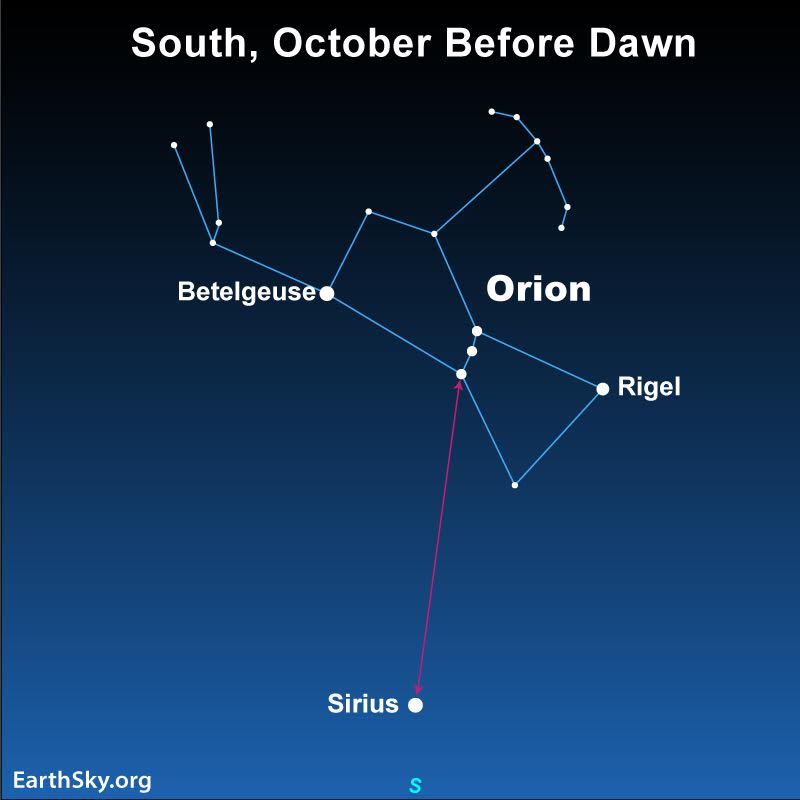
Sirius, the dazzling “Dog Star,” commands the night sky with unrivaled brilliance—capturing the attention of ancient civilizations and modern astronomers alike. But what makes it so brilliantly bright? Here’s an in-depth exploration, spanning around 1,500 words, of the factors and fascinating details behind Sirius’s luminous dominance.
1. Proximity: A Close Stellar Neighbor
The primary reason Sirius shines so intensely is its proximity. At just 8.6 light-years away from Earth, it resides among our nearest stellar neighbors, second only to the Alpha Centauri system and a handful of faint red dwarfs Space+11Wikipedia+11Sky & Telescope+11. Light from more luminous stars often travels so far that their brightness diminishes by the time it reaches Earth, but Sirius’s close distance allows it to stand out dramatically.
2. Intrinsic Luminosity: A Powerhouse A-Type Star
Sirius’s brightness is further enhanced by its intrinsic power. Sirius A, the main visible star, is a hot, white-blue A-type main-sequence star with about twice the mass of our Sun and an absolute luminosity approximately 25–26 times that of the Sun Wikipedia. This potent combination—high energy output and close distance—catapults Sirius to the top of the night sky’s brightness charts.
3. Apparent vs. Absolute Brightness: Understanding Magnitudes
Astronomers differentiate between how bright a star appears from Earth (apparent magnitude) and its true energy output (absolute magnitude). Sirius holds the record for apparent visual magnitude (–1.46), almost twice as bright as its nearest stellar rival, Canopus Sky & Telescope+5Wikipedia+5theastrogeek.com+5. But in terms of absolute brightness—imagine placing all stars at the same distance—it ranks around 21st due to more luminous, distant supergiants Space+5EarthSky+5EarthSky+5.
4. Binary System: Sirius A & Sirius B
Not just a single star, Sirius is a binary system. The visible star, Sirius A, is partnered with a dense white dwarf companion, Sirius B, often called “The Pup.” Although faint and only discovered in 1862, Sirius B has about the Sun’s mass compressed into Earth’s volume, making it exceptionally dense Space+3Sky & Telescope+3AstroBackyard+3. Though it doesn’t contribute much visually, the binary nature adds richness to the star’s scientific importance.
5. Surface Temperature and Stellar Composition
Sirius’s surface temperature is around 9,400–9,940 K, compared to the Sun’s ~5,500 K, giving it a blue-white hue EarthSky+1Encyclopedia Britannica+1. The star is classified A0–A1 V, featuring a mix of hydrogen and metal absorption lines EarthSky+10Wikipedia+10theastrogeek.com+10. This spectral class correlates with high energy output, significantly enhancing its luminosity.
6. Atmospheric Effects: Twinkling & Color Flashing
To the naked eye, Sirius often appears to twinkle in vibrant colors, sometimes green, blue, red, or yellow theastrogeek.com+11Space+11Star Walk+11. This scintillation occurs because its intense light passes through turbulent air layers, acting like a prism and breaking the light into rainbow hues. Atmospheric dispersion and turbulence enhance these effects, especially when Sirius is low on the horizon Wikipedia+6Space+6Star Walk+6.
7. Finding Sirius in the Night Sky
Spotting Sirius is simple and rewarding. In the Northern Hemisphere winter, look south after dusk. Follow Orion’s Belt downward and slightly left—those three stars point directly to Sirius Space+7Space+7Space+7. In the Southern Hemisphere, it arcs higher overhead in summer twilight. Its brightness ensures it’s unmistakable .
8. Historical & Cultural Significance
The star’s brightness made it deeply embedded in ancient civilizations:
- Ancient Egypt: Sirius’s heliacal rising heralded the Nile Flood, tying it to agricultural cycles and gods like Isis and Sopdet Sky & Telescope+2Encyclopedia Britannica+2Wikipedia+2.
- Greek & Roman Traditions: Known as Seirios (“scorching”), its rising marked the infamous “dog days of summer”, believed to bring extreme heat Wikipedia+3Encyclopedia Britannica+3theastrogeek.com+3.
- Global Mythology: Pacific navigators and Native American tribes included Sirius in myth and navigation lore, underscoring its universal recognition theastrogeek.com+10Wikipedia+10EarthSky+10.
9. Scientific Importance & Astrophysical Insights
Sirius has played a key role in astrophysical breakthroughs:
- Discovery of White Dwarfs: The 1862 observation of Sirius B by Alvan Clark confirmed the existence of white dwarfs SpaceSky & Telescope+4Wikipedia+4Encyclopedia Britannica+4.
- Stellar Evolution Models: Sirius B’s mass and density validated theories on degenerate matter; Sirius A helps calibrate stellar fusion and life-cycle models Wikipedia.
- Astrometric Yardstick: Its known distance and motion refine tools like parallax measurements and the Gaia mission’s astrometry standards .
10. The Future of Sirius: What’s Ahead?
Sirius continues to fascinate astronomers:
- Increasing Brightness: Over the next ~60,000 years, Sirius will approach Earth slightly, becoming even brighter before eventually dimming as distance increases Star Walk+2AstroBackyard+2Wikipedia+2.
- South Celestial Pole: Around 66,270 AD, precession will draw Sirius near the southern celestial pole Wikipedia.
- Potential Shadows: Researchers are exploring the possibility of undiscovered exoplanets, debris disks, and gravitational interactions within the system.
Leave a Reply